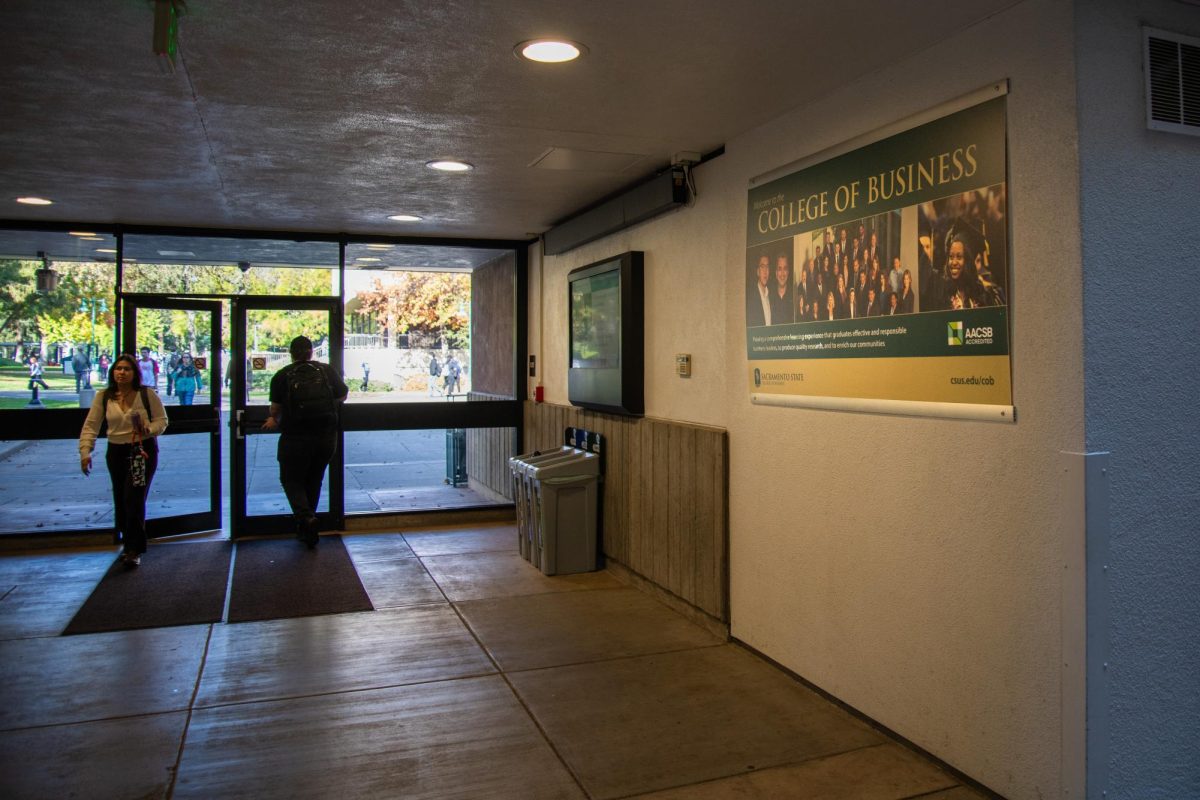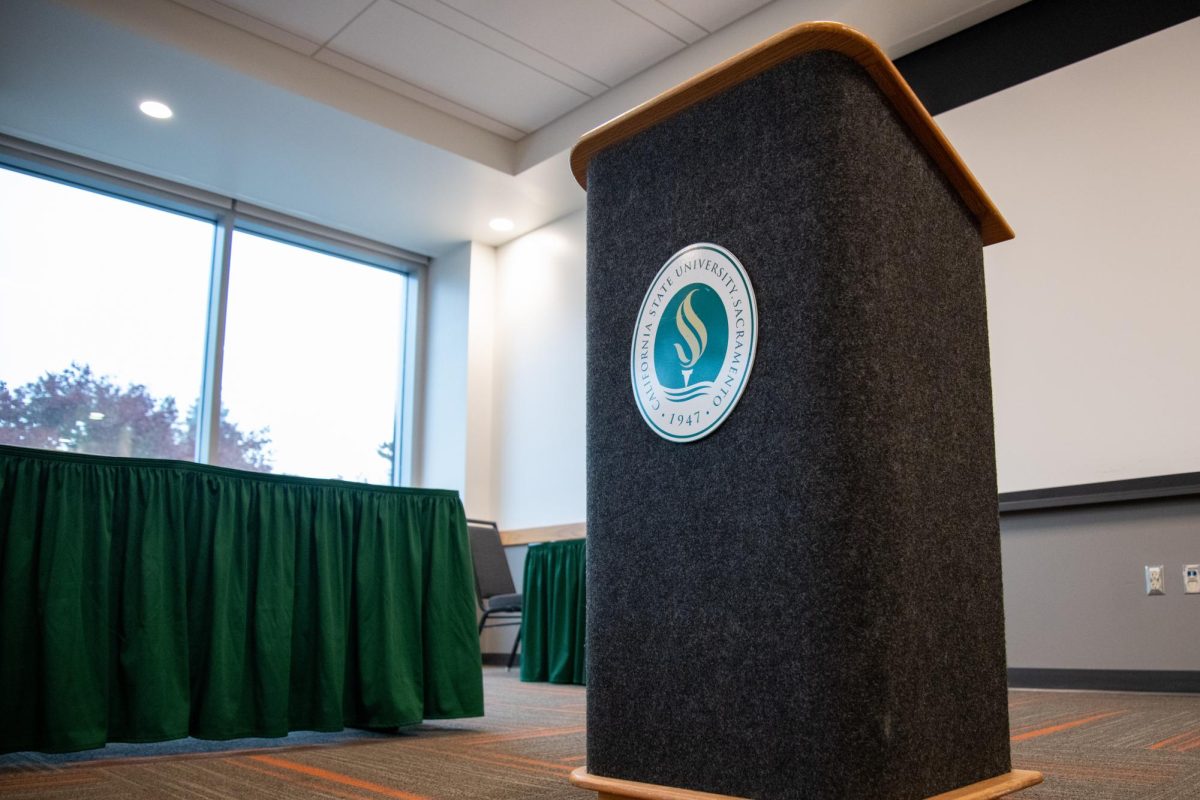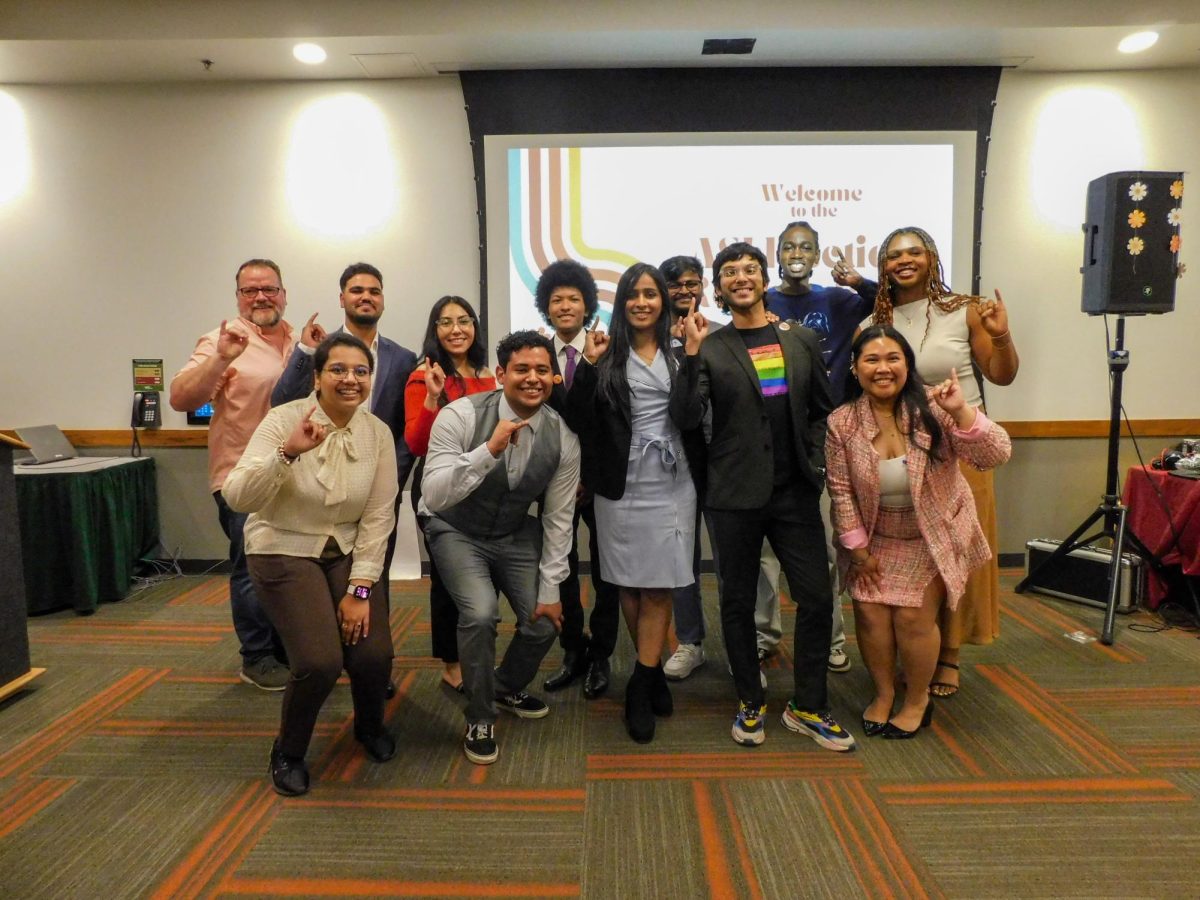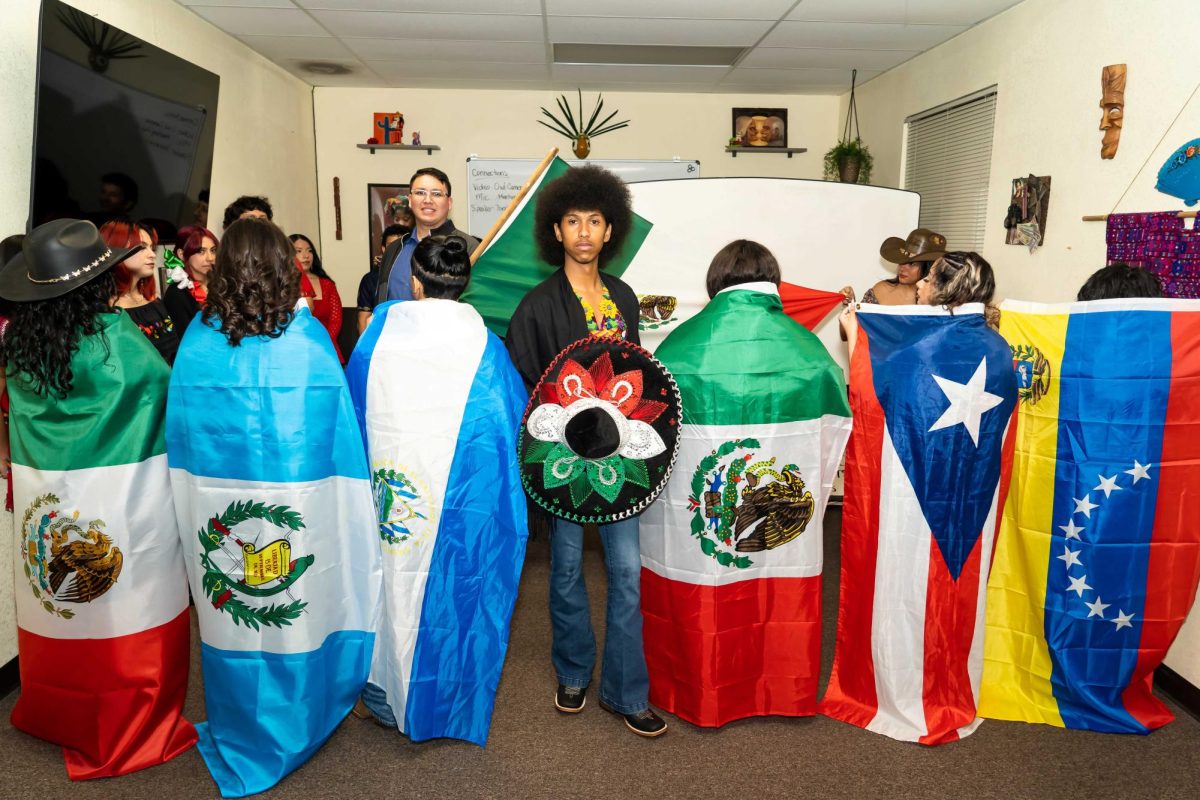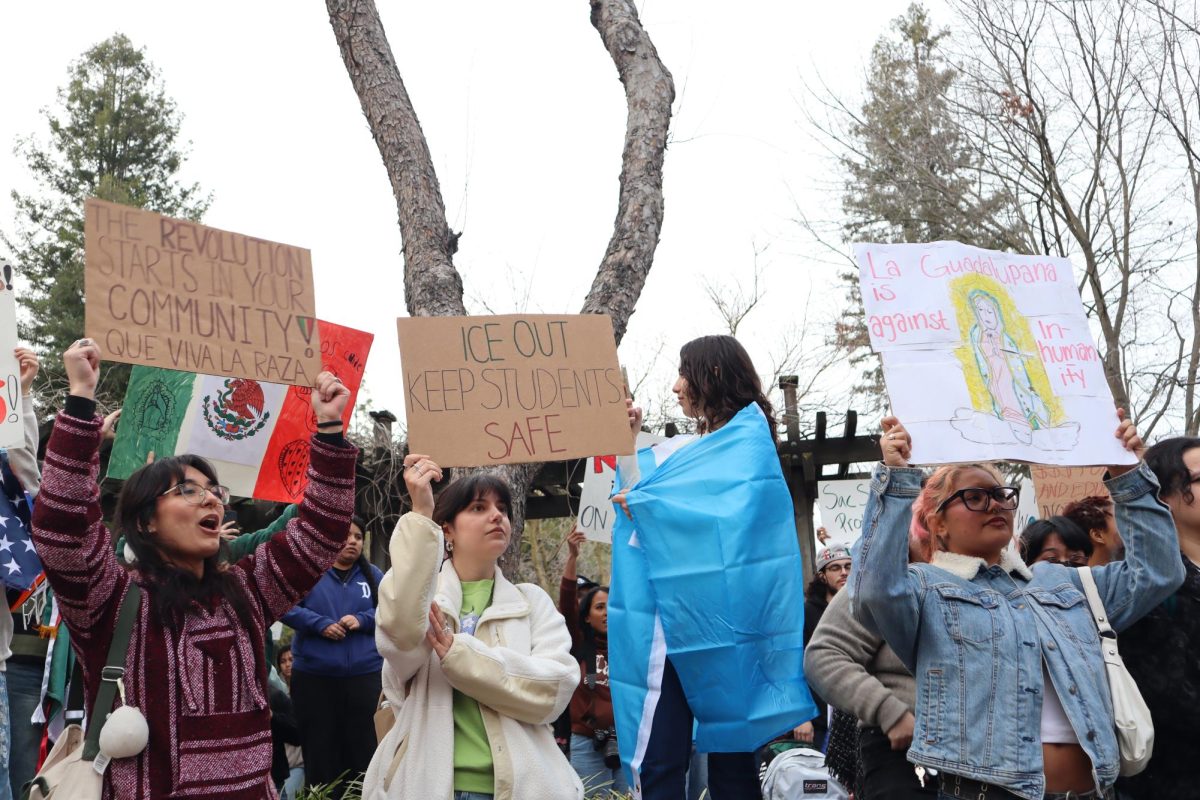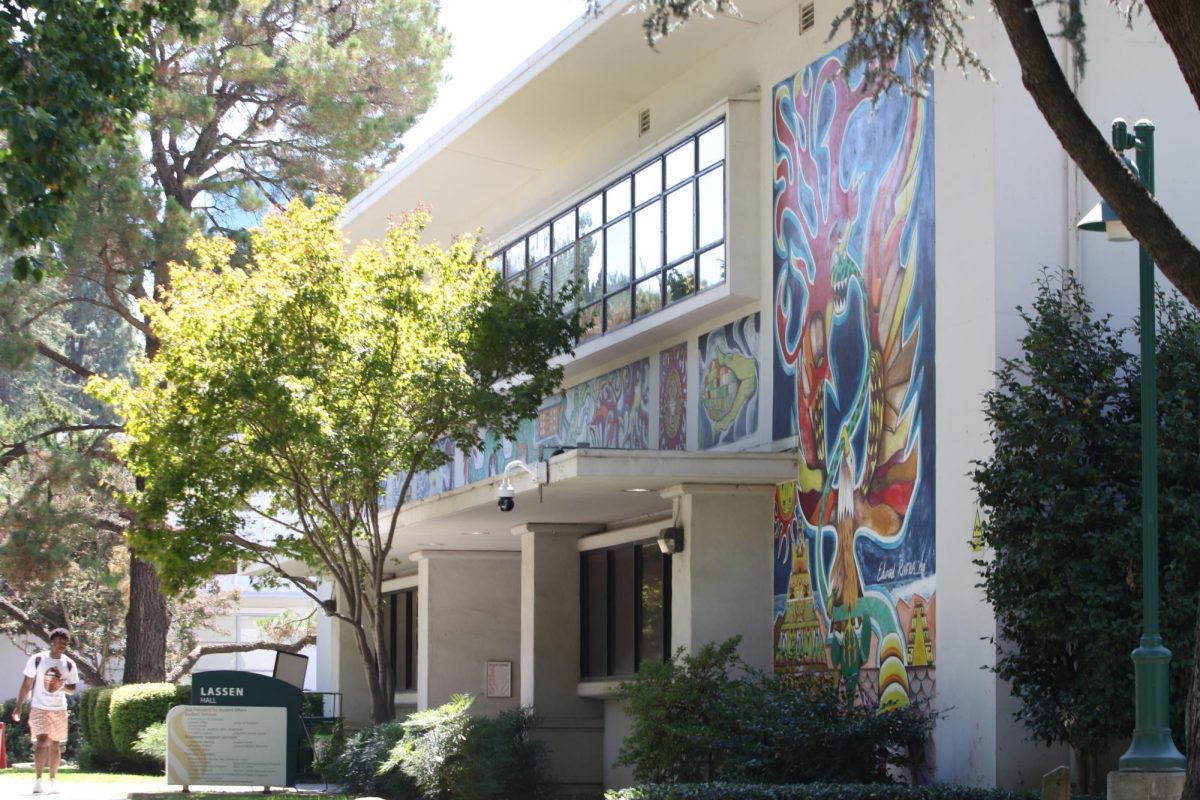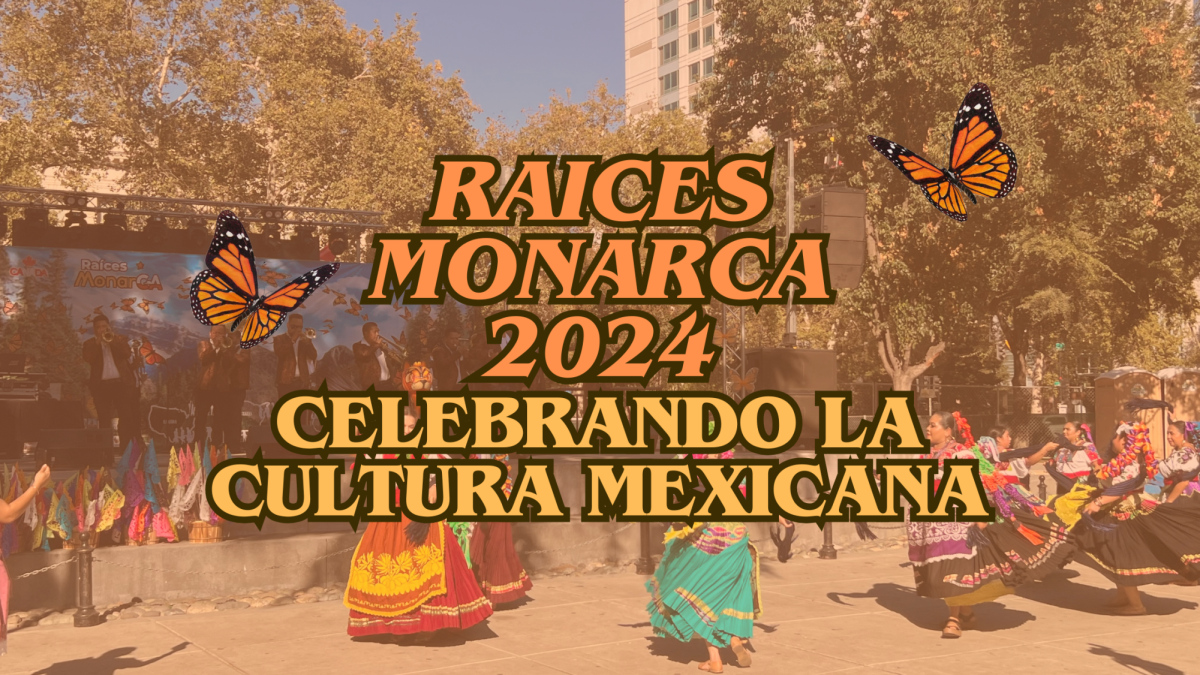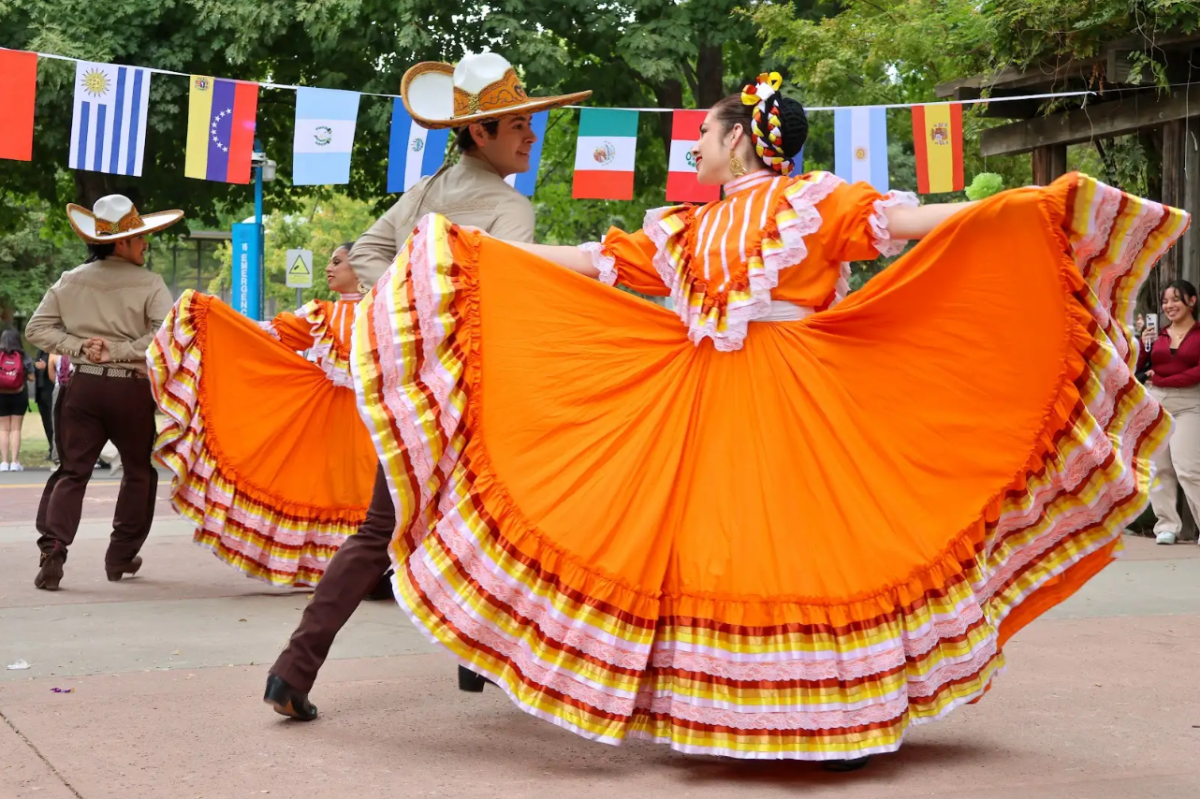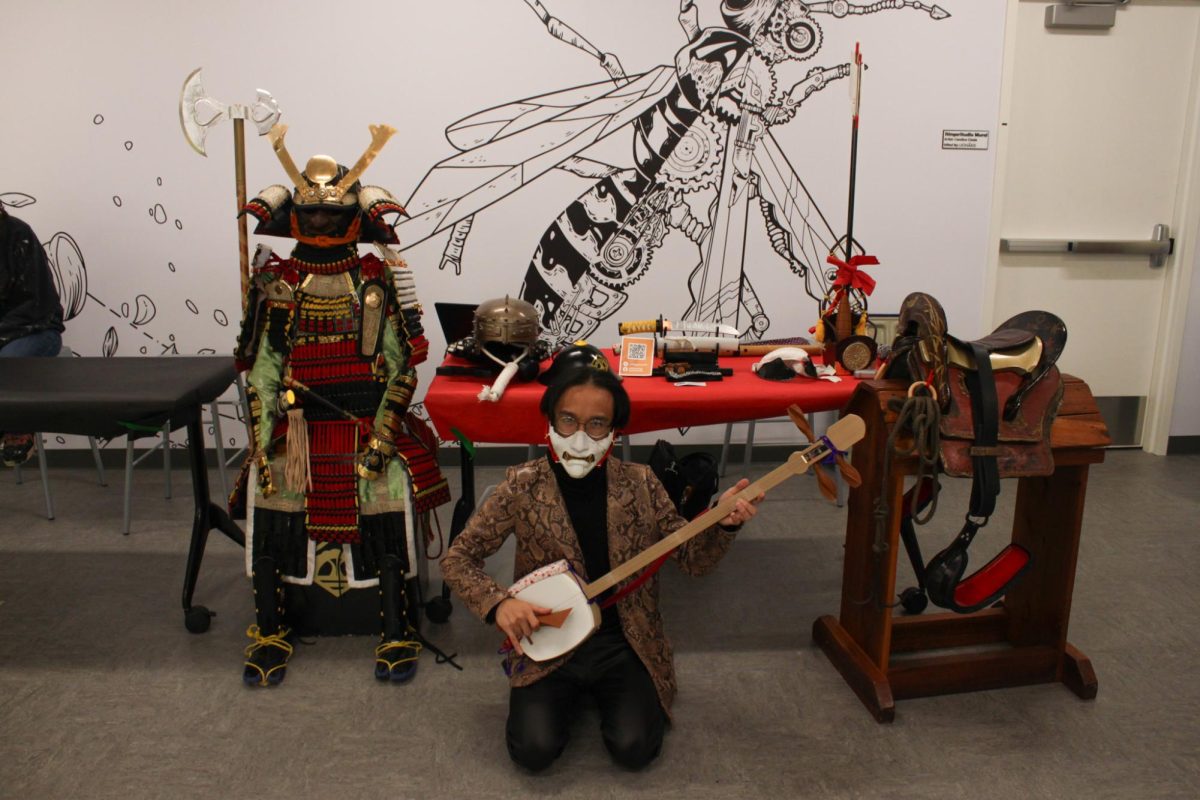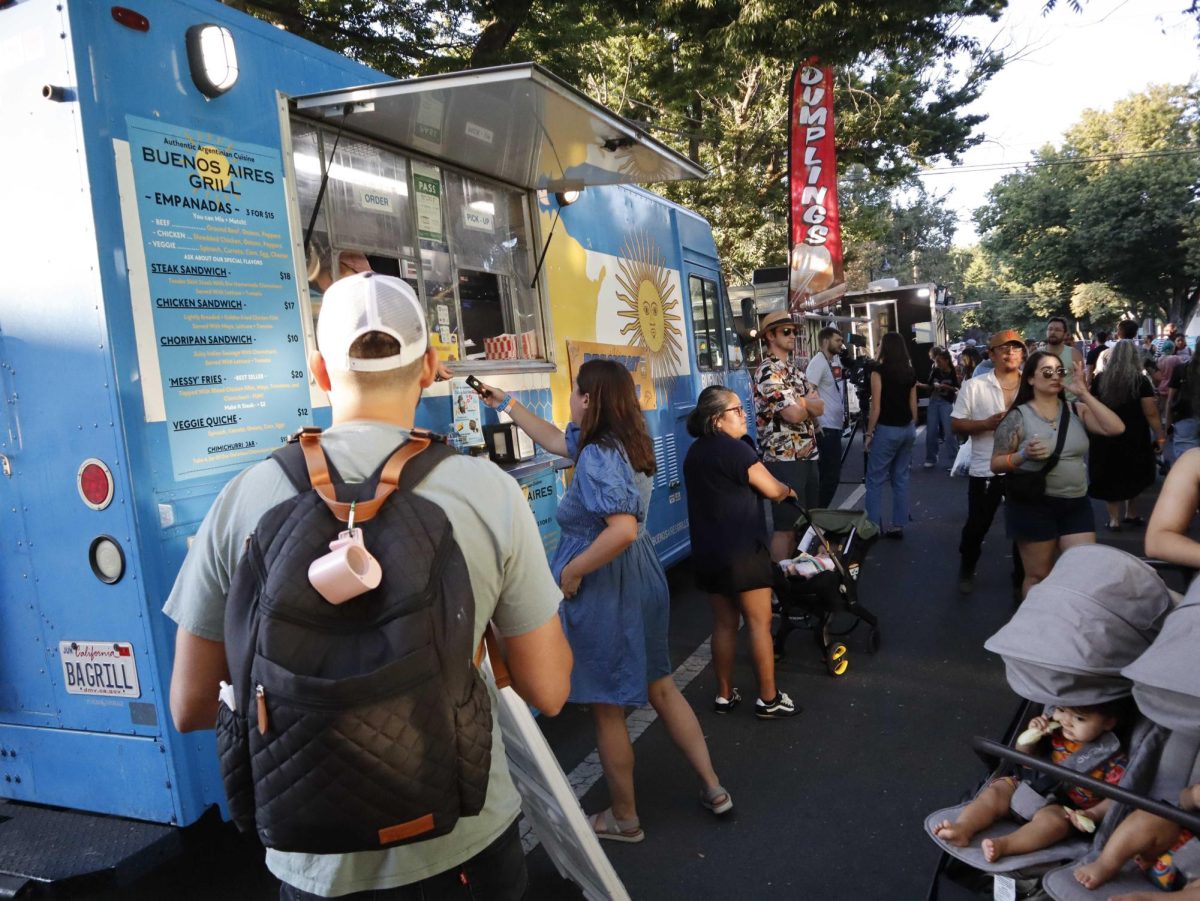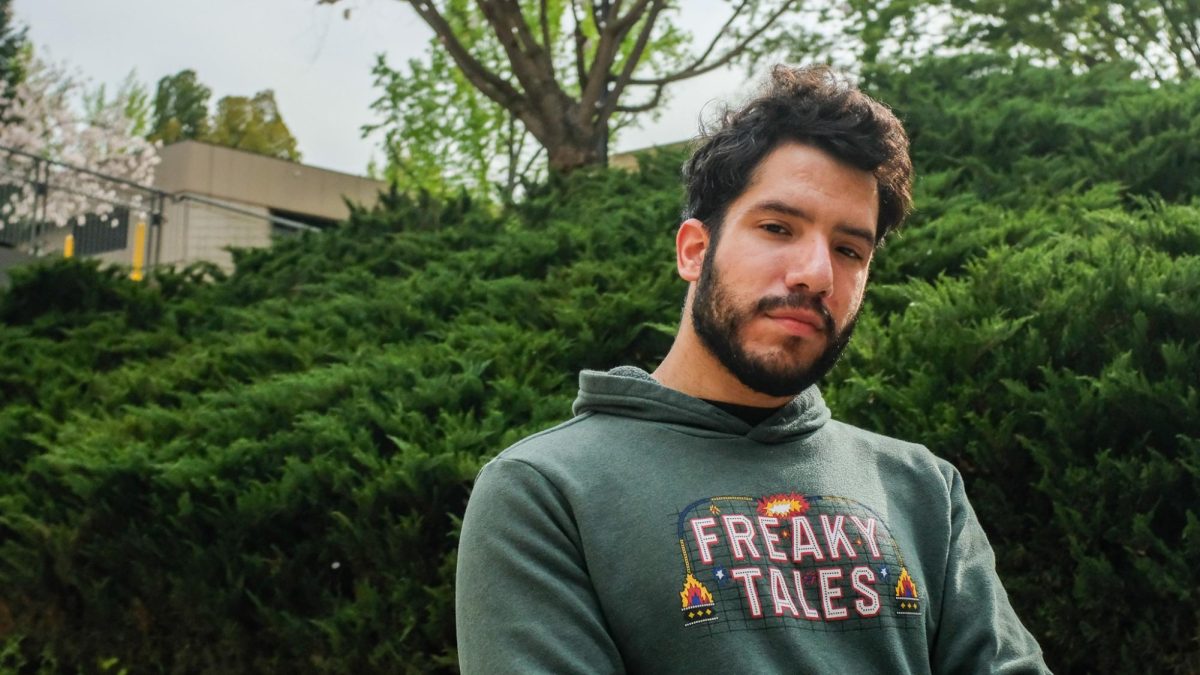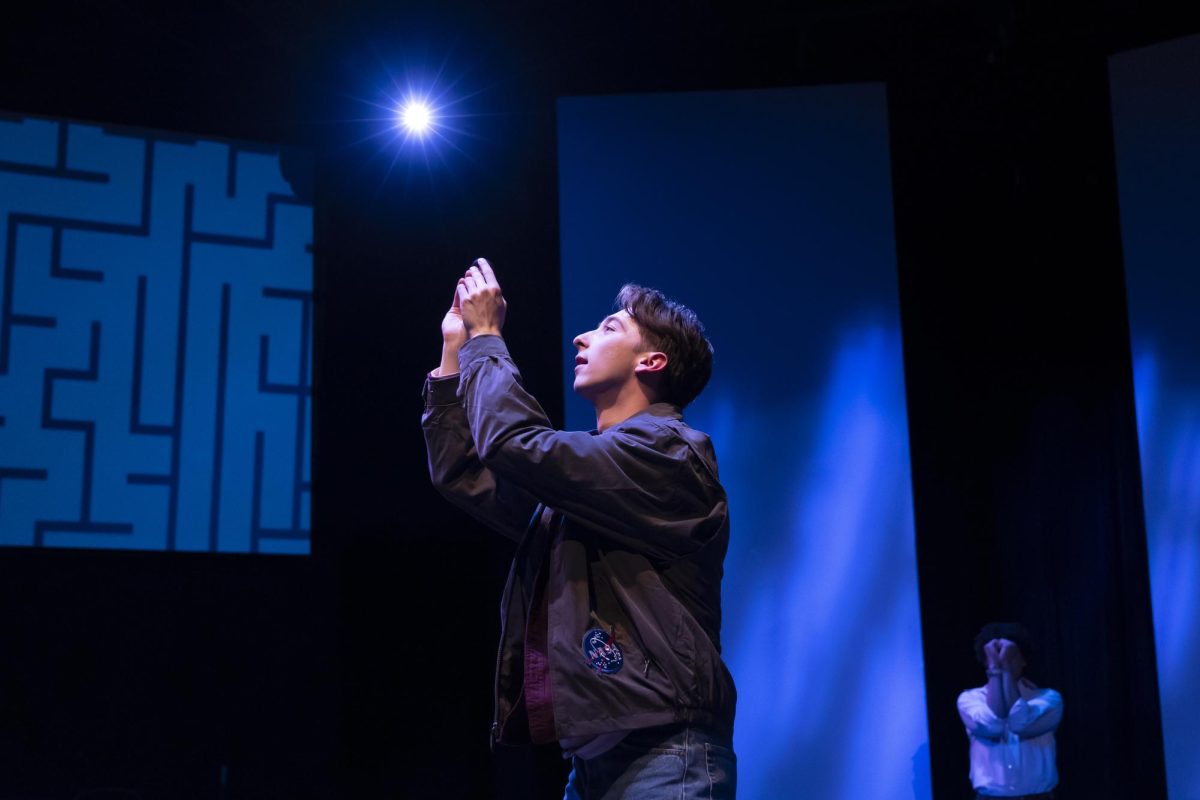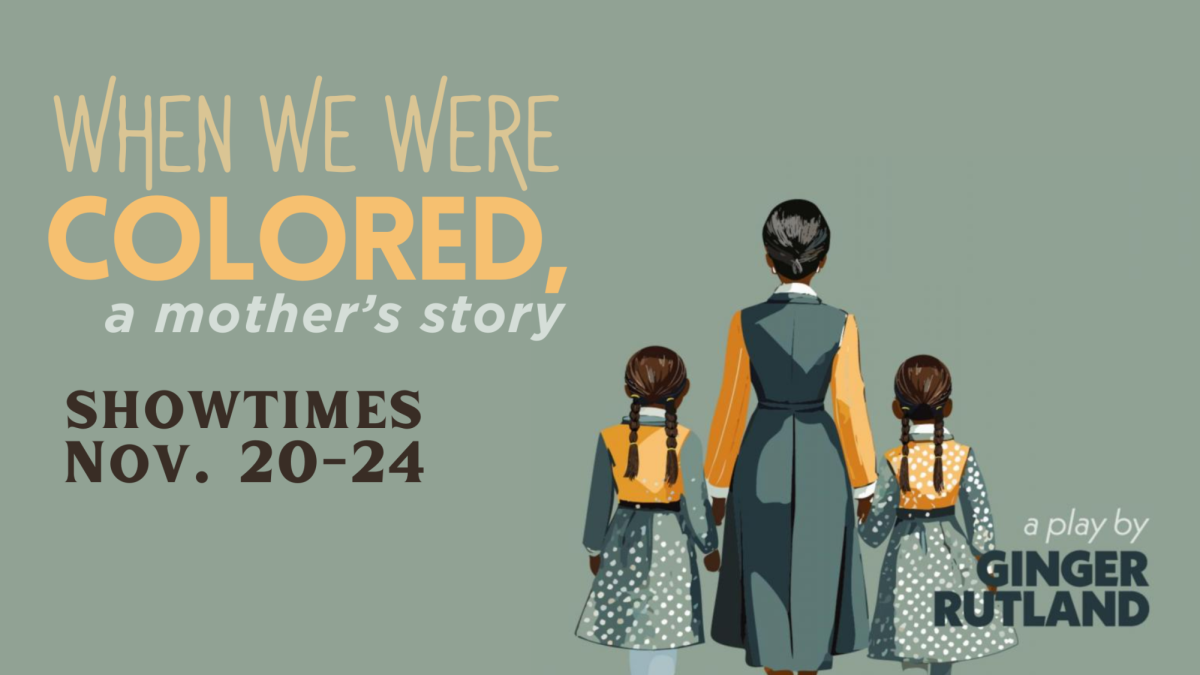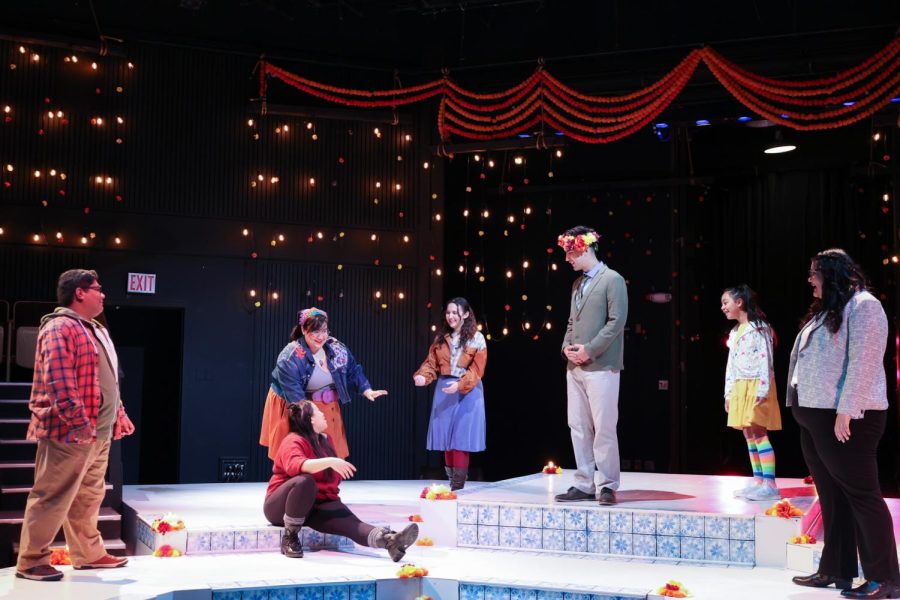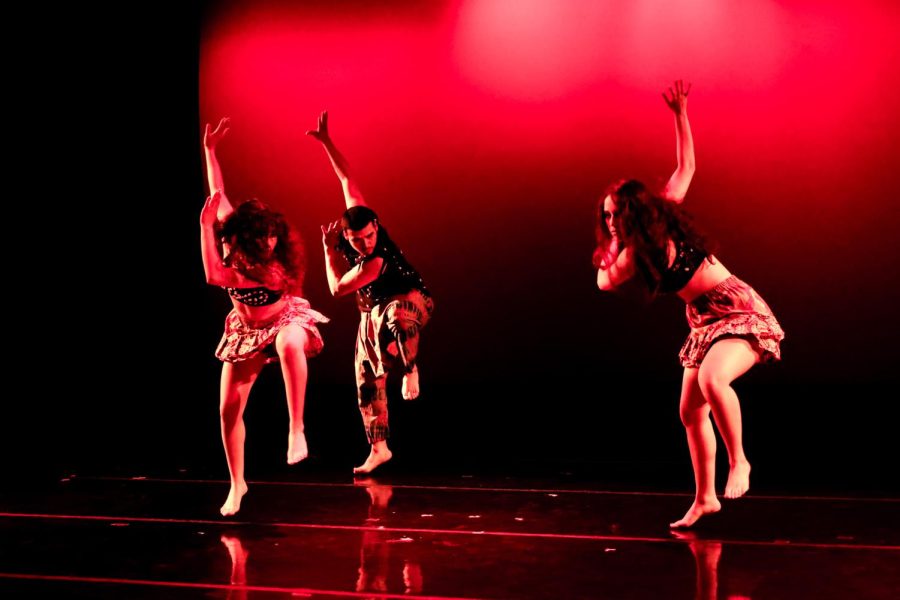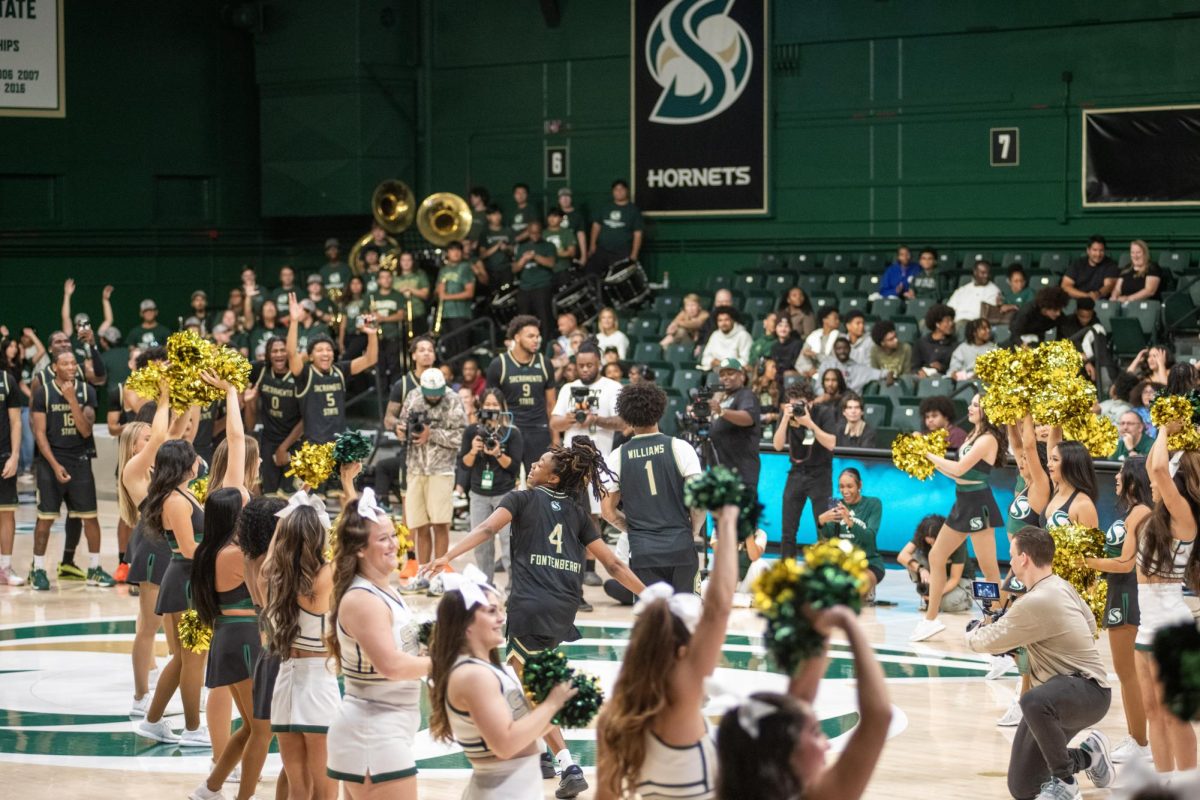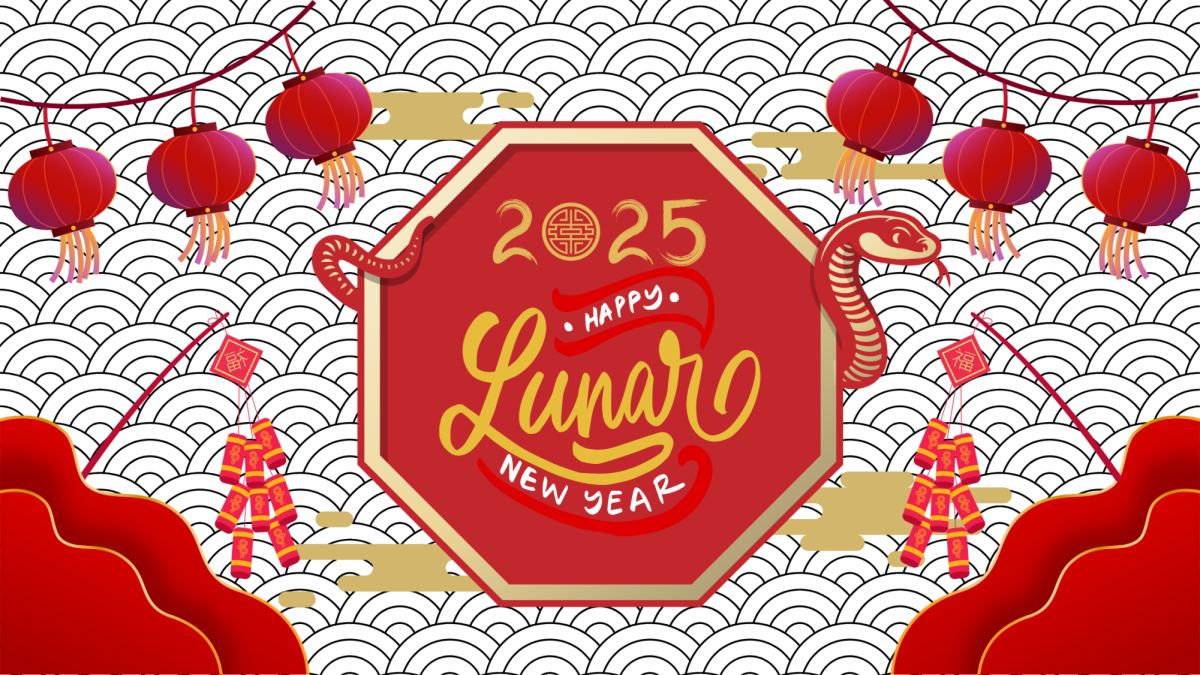Lunar New Year is a celebration rich in historical significance, rooted in Chinese and Southeast Asian cultures and imbued with family traditions.
The holiday traditions have been preserved through time to reach the present with vibrant celebrations all over the world, including at Sacramento State.
The legend of Lunar New Year, also known as Chinese New Year, dates back to the Shang Dynasty in 1600-1046 BCE. At that time, people held sacrificial ceremonies to honor gods and their ancestors at the beginning or ending of each lunar year.
The lunar calendar vastly differs from the modern Gregorian calendar. According to the Lunar calendar, animals represent the Chinese zodiac, and each Lunar New Year, a different animal is recognized.
The Lunar New Year of 2025 is the year of the Snake. According to National Today, people who are born under this sign are considered wise, yet intense.
One legend is about a mythical creature named Nian, who was defeated with loud noises and the color red, hence firecrackers and vibrant red lanterns. Within Chinese culture, red has become a symbol of vitality, celebration, good fortune, luck and prosperity.
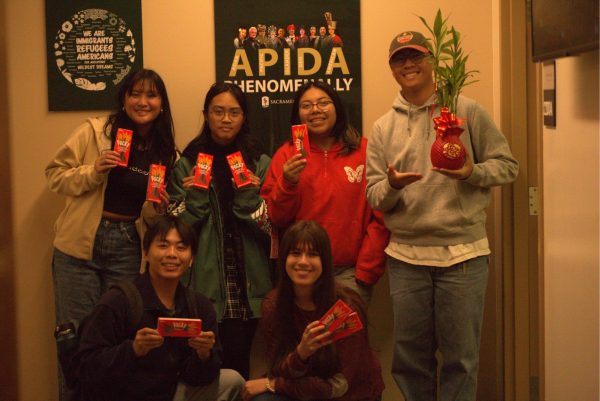
Gedd Meridores is a Chinese and Filipino second-year graphic design major at Sacramento State. He was raised in Manila and attended elementary school there. During Lunar New Year, his teachers would treat students to Chinese moon cakes, while at home, his aunts and uncles gave red envelopes to the children. Meridores said many of his classmates bragged about receiving the envelopes.
“As a kid, our favorite part was getting that red envelope,” Meridores said.
The red envelopes tradition began with a legend that a demon known as “Sui” terrorized children while they slept on the eve of a new year. Parents would give their children coins in red envelopes to play with, helping them to stay awake and keep the demon away. This led to Hóngbāo being immortalized as the image typically found on a red envelope.
Quynh Tran is a second-year graphic design major. Growing up in Vietnam, Tran said they have fond memories of family gatherings involving cooking mung bean moon cakes, cleaning the house and inviting guests.
As a young girl in Vietnam, Tran said she attended the street parades to see vibrant shades of red and dancing lions. “Sometimes they would go into our houses,” Tran said about the dancing lions.
In her culture Tran said her family would participate in a ceremony called “Cúng,” where they would spend time in prayer to invite their deceased loved one’s spirits to return for the celebration.
RELATED: Ring in the Lunar New Year with these can’t-miss events
“It’s meaningful because quality time with my family is rare, especially since I am in school, and time is not on my side,” Tran said.
Tri Ho is a second-year graphic design major. He is Vietnamese and shares similar experiences to Tran for the Lunar New Year. Ho said in Vietnam they treat everyone like family, a common denominator between asian and pacific islander cultures.
“It is just an extended version of the family,” Ho said.
Ho said his family lives away from each other year round, and it can be a long time before they come together. He says Lunar New Year is like an annual family reunion.
“I get to spend time with my grandparents,” Ho said. “Lunar New Year is the only time I get to see them.”
Andrew Yang is Sac State’s Asian Pacific Islander Desi American Center Director. Yang is Hmong-American; although the Hmong culture doesn’t celebrate the holiday, its culture adopts many aspects of Chinese beliefs.
“The core concept of [Lunar New Year] is letting go of all the negative energy from last year and embracing the new positives and blessings to come,” Yang said.



